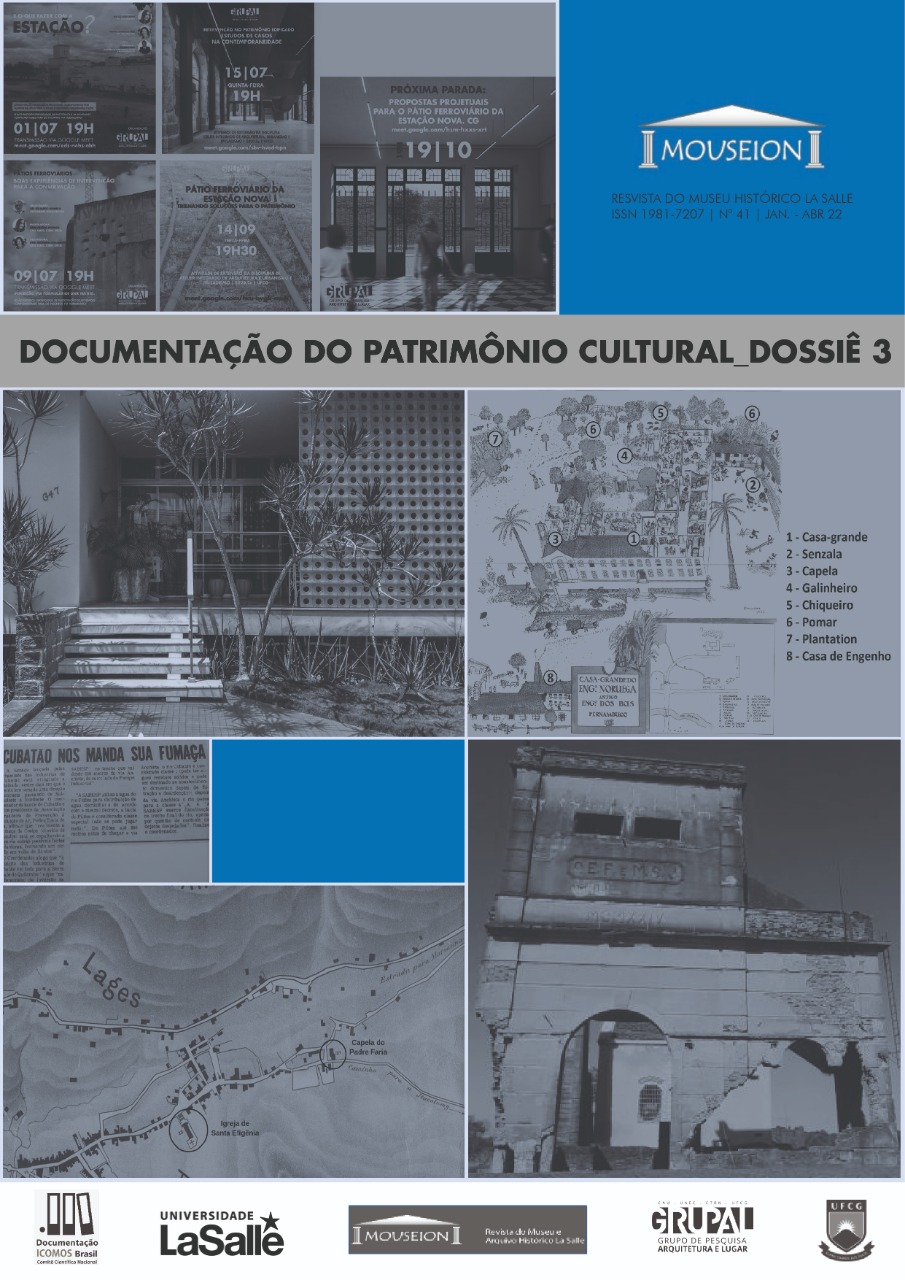Cubatao county (Brazil), stained territory: pollution and mass media
DOI:
https://doi.org/10.18316/mouseion.v0i41.9230Keywords:
Social memory, identity, city, cultural heritage, urbanismAbstract
The name “Cubatão” awakens in the listener, especially those who are already over four decades old, memories of reports published in a period between the 1970s and 1980s. Invariably, terms that associated the city with environmental pollution, contamination risks, come to mind. This article intends to reflect on the stigma that hangs over Cubatao city (state of Sao Paulo, Brazil), as the “Death Valley”, according to Lucia da Costa Ferreira’s research. It is necessary to examine this issue from the perspective of the ‘mass media’, through which there was the sedimentation of information in the popular imagination, even after several decades. This will allow us to understand some mechanisms of Cubatão’s collective memory which, because of facts, presents low self-esteem characteristics. All of this reflects on the feeling of belonging. In addition, the article intends to emphasize that the “collective memory” – constructed through the print media, radio, and television – referred to the city as a territory of permanent pollution and relies on Pierre Nora and Marshall McLuhan concepts.Downloads
Published
2022-05-17
Issue
Section
Dossiê
License
Authors must submit their manuscripts to be published in this journal agree with the following terms:
Authors maintain the copy rights and concede to the journal the right of first publication, with the paper simultaneously licensed under the License Creative Commons attribution that permits the sharing of the paper with recognition of authorship and initial publication in this journal.
Since the articles are presented in this journal of public access, they are of free use, with their own attributions for educational and non-commercial purposes.


